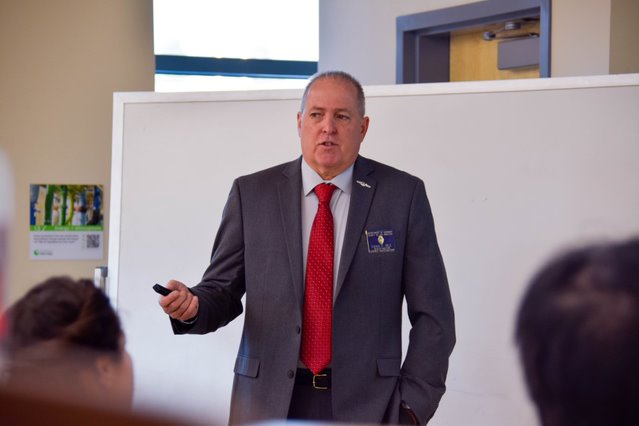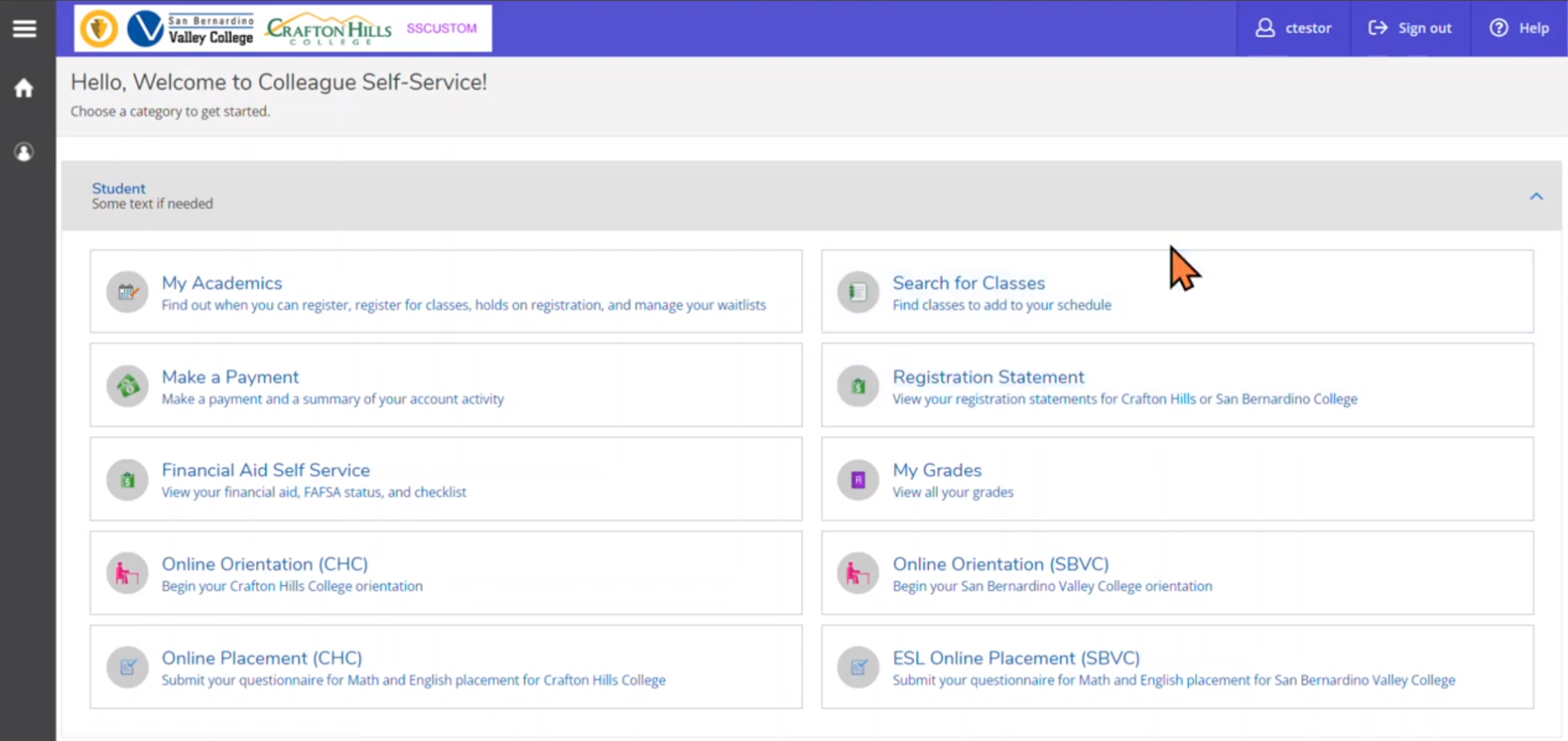MESA Panel Series Motivates STEM Students
 One of the first questions Armone Lochard hears from his students at San Bernardino
Valley College is whether their featured speakers, some of the brightest in the nation,
are paid to come out to share their knowledge with the class. The itinerary of great
thinkers coming out to MESA events reads like a Ted Talks with heavy hitters in STEM
fields. “No, we don’t pay them at all, and they’re like I don’t understand. Why are
they coming out?” he laughs. “All you have to do is ask them, and they want to come.”
Lochard, MESA acting director, said the program offers students valuable tools and
a great advantage to excel in cutting edge careers of tomorrow. They are meeting rigorous
academic demands of STEM studies, while receiving all the extra support they need
to traverse higher math.
One of the first questions Armone Lochard hears from his students at San Bernardino
Valley College is whether their featured speakers, some of the brightest in the nation,
are paid to come out to share their knowledge with the class. The itinerary of great
thinkers coming out to MESA events reads like a Ted Talks with heavy hitters in STEM
fields. “No, we don’t pay them at all, and they’re like I don’t understand. Why are
they coming out?” he laughs. “All you have to do is ask them, and they want to come.”
Lochard, MESA acting director, said the program offers students valuable tools and
a great advantage to excel in cutting edge careers of tomorrow. They are meeting rigorous
academic demands of STEM studies, while receiving all the extra support they need
to traverse higher math.
The vast landscape of STEM careers also extends well beyond the boundaries of math,
engineering and science degrees or majors. One speaker from ESRI was a math major,
but Lochard said his studies led him to the National Security Agency. He shared with
MESA students how there are many avenues for growth, even within the arts. “He said
they hire people across the board,” he said. “They brought in the idea of the arts.
They hire technicians, and all the above. It doesn’t only entail being an engineer
or in computer science.” Most STEM majors going after Bachelors of Science degrees
must complete the Calculus series, he said, which is where MESA comes in. Their extensive
resources have helped students make the cut since 1969.Another guest speaker from
an ESRI project came out to talk to students about the many moons around Saturn. While
computers are accelerating toward high levels of sophistication, he emphasized humans
are needed to keep computers in check. “Even though the computer is doing the computation,
he said you still have to have someone to figure out [the validity of] the computation,”
Lochard said.
For Lochard, an area of concern is that many students are restricted to the Inland
Empire, and haven’t ventured far outside the area. He wants them to experience new
concepts beyond their comfort zone. “To see it, to touch it, use their senses to understand
that they have the ability to go out there,” he said. “Whatever they learn, maybe
they can bring it back within their communities.” At SBVC and across the state, MESA
is a proven model to help students clear the hurdles of STEM academics, and prepare
for the rigors of a four-year university, and higher. Tentatively set for next spring,
his department is gearing up to bring a group of students for a much-awaited visit
to SpaceX. In the past, 44 students toured NASA’s Jet Propulsion Laboratory, and an
expert also came to SBVC campus to speak with the students. He finds that one myth
around STEM studies is that the opportunities are limited to science, technology,
engineering and math. “Everything in STEM is the future, everything is moving as fast
as we get the technology. What we have in our phones is not even close to what’s out
there,” he said.
For more information: https://www.sbvcstem.org/mesa/sessions/mesaprogramflyers11.pdfandsbvcstem.org/mesa/sessions/index.php


